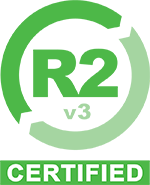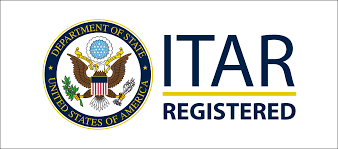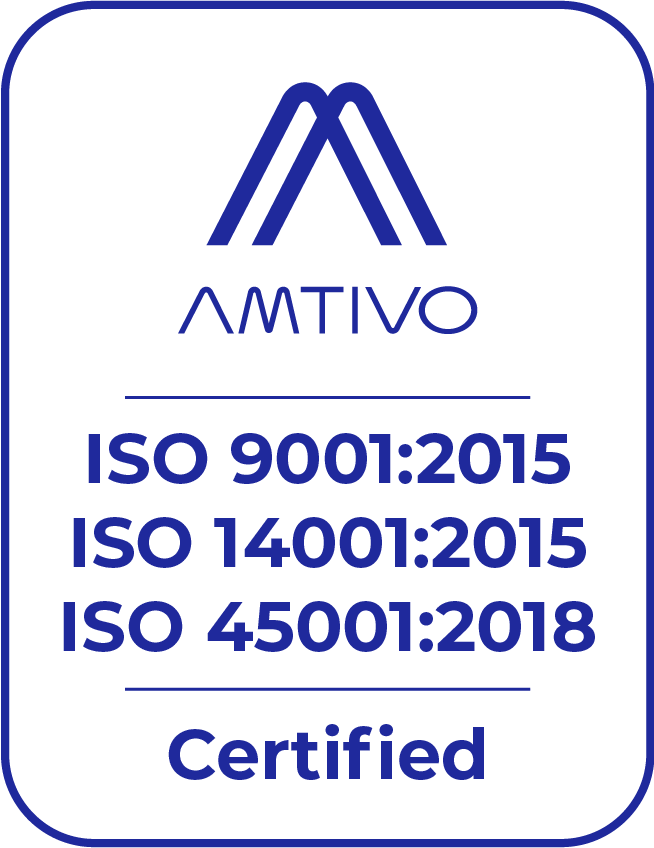
With support and input from more than 70 countries, the 2018 release of the ISO 45001 standard was highly anticipated worldwide.
ISO 45001, by definition, “is an International Standard that specifies requirements for an occupational health and safety (OH&S) management system, with guidance for its use, to enable an organization to proactively improve its OH&S performance in preventing injury and ill-health.”
Mainstream Global is pleased to announce that all of our facilities in North and Latin America are on the transition from OHSAS 18001 certification to ISO 45001 certification.
Transitioning from OHSAS 18001 to ISO 45001
As ISO 45001 is adopted, OHSAS 18001, the previous occupational health and safety standard followed by Mainstream Global and others committed to worker safety, will be replaced.
Both standards focus on occupational hazards and risks to workers. They also offer resources and objectives to support the safety needs of employees.
While there are many similarities between OHSAS 18001 and the new ISO 45001, there are also some key differences that make ISO 45001 the standard of the future.
Key Changes in IS0 45001
Most notably, the ISO 45001 shares the same “high level structure” as other ISO standards like the ISO 9001 (which deals with quality management systems) and the ISO 14001 (environmental management systems). As part of the ISO family of standards, the common structure — with shared terms and definitions — facilitates improved integration of the multiple management systems within an organization.
The ISO 45001 also focuses heavily on a leadership commitment to health and safety concerns. While many organizations have employed safety overseers under OHSAS 18001, organizations will be placing even stronger emphasis on leadership to actively engage with and be accountable for the occupational health and safety management system under the ISO 45001. The new standard is, therefore, less about “risk control” and more about a top-down approach to safety.
Company Commitment to Occupational Health and Safety of Our Workers
The OHSAS 18001 certification process for Mainstream Global was rigorous: it took approximately 18 months from the planning stages to implementation in all locations. Throughout that time, we weaved the expectations of the standard into the daily operations of the business, allowing the certification standards and our standardized procedures to become one. It was also a great challenge because at the same time we implemented 4 standards together ISO 9001, ISO 14001, OHSAS 18001 and R2.
The benefits to our employees are obvious — they know they belong to an organization that cares about them and their safety. When employees feel valued, their commitment to the organization grows and is shown in their work and how they care for the needs of the customer.
The goal of the OHSAS 18001 as well as ISO 45001 certification — like with our R2 certification — was never about “getting certified,” but rather about communicating our company’s commitment to international standards; in this instance, the health and safety of our workers. ISO 45001 certification is an assurance to you that our company values our people as a guiding principle of our business.
Adherence to Best Practices
In the electronics reuse and recycling industry, consistency and accountability is key. International standards such as ISO 45001, and the standardized procedures based on them, ensure that you are partnering with a global remarketing partner that adheres to best practices on a daily basis.
Read more:
To Turn Excess Inventory into a Revenue Stream, You Need a Remarketing Partner: What to Look For
Why Working with a R2-Certified Supply Chain Partner is So Crucial





